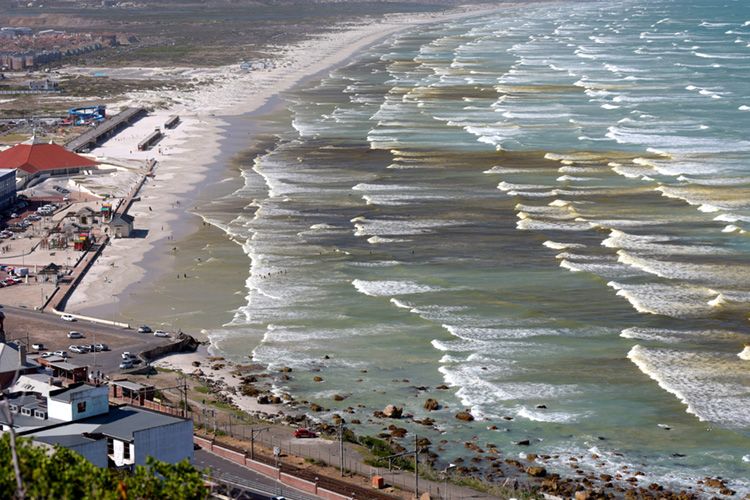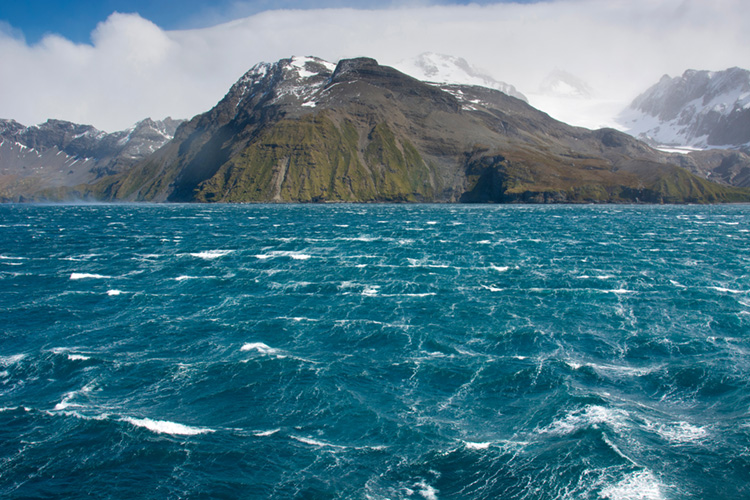A wind swell is a group of short-period ocean waves created by local winds or winds blowing close to shore.
The phenomenon occurs at around one hundred miles of distance or less from the shoreline. The waves of a wind swell appear closer together compared with the long-period waves of a groundswell.
Wind swell waves tend to be slow and steep, breaking in deeper water and further out the back. Nevertheless, these waves form relatively close to shore.
Generally, waves generated by local winds tend to be spilling waves.
The only thing a wind swell has in common with a groundswell is that, in both cases, wind transfers energy into the water - the fetch - to produce waves.
In most cases, close-proximity wind swells are not suitable for surfing. They produce choppy, mushy, unstable waves and often arrive with onshore winds.
Because they have not traveled enough distance to clean up, wind swells create low-energy waves.

The Importance of the Wave Period
From a wave period perspective, wind swells, and groundswells are on the opposite side of the spectrum.
You can quickly detect a wind swell hitting your home break when you look at the charts, and they indicate a wave period of less than 10 seconds.
On the other hand, when the surf forecast predicts a swell interval of between 10 and 20 seconds, then a groundswell is about to land at your favorite surf spot.
Wind swells may be strong and offer big waves but are frequently short-lived.
And, because the waves they deliver were generated close to the place where they'll break, the quality of the surf will rarely be satisfactory.
Interestingly, the bathymetry of the ocean floor is felt greatly by ground swells.
As a result, long-period waves will behave differently from spot to spot along the coastline, whereas a wind swell will produce more uniform waves across the region.
